Blog
Understanding "Little League" Elbow: How SoftWave TRT Offers Relief

"Little League" elbow, medically known as medial epicondyle apophysitis, is a common overuse injury in young athletes, especially baseball pitchers. It occurs when repetitive throwing motions strain the tendons and ligaments around the elbow joint, leading to pain and inflammation. At Enos Chiropractic Center in Warwick, we have new technology to keep your player on the field!
Symptoms of "Little League" Elbow
- Pain on the inside of the elbow
- Swelling and tenderness
- Difficulty in extending or flexing the arm
- Reduced throwing performance
Traditional Treatments and Their Limitations
Typical treatments for "little league" elbow include rest, ice, physical therapy, and sometimes anti-inflammatory medications. While these approaches can provide relief, they often require extended downtime and may not address the underlying tissue damage effectively.
How SoftWave TRT Can Help
SoftWave Tissue Regeneration Therapy (TRT) offers a non-invasive, drug-free alternative to treating "little league" elbow. This advanced therapy utilizes acoustic waves to stimulate the body's natural healing processes, promoting tissue regeneration and reducing inflammation.
Benefits of SoftWave TRT for "Little League" Elbow
- Accelerates healing: SoftWave TRT enhances blood flow and nutrient delivery to the affected area, speeding up the recovery process.
- Reduces pain and inflammation: By targeting the root cause of the pain, SoftWave TRT helps alleviate symptoms more effectively than traditional methods.
- Non-surgical and non-invasive: Unlike surgery, SoftWave TRT is a painless procedure that requires no downtime, allowing young athletes to return to their sport sooner.
Enos Chiropractic Center: Your Partner in Recovery
At Enos Chiropractic Center, we specialize in integrating SoftWave TRT into comprehensive treatment plans for sports injuries like "little league" elbow. Dr. Jamie Enos and our team are committed to providing personalized care that addresses each patient's unique needs and promotes long-term musculoskeletal health.
‹ Back
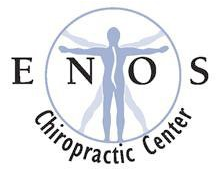
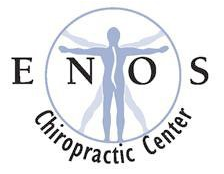

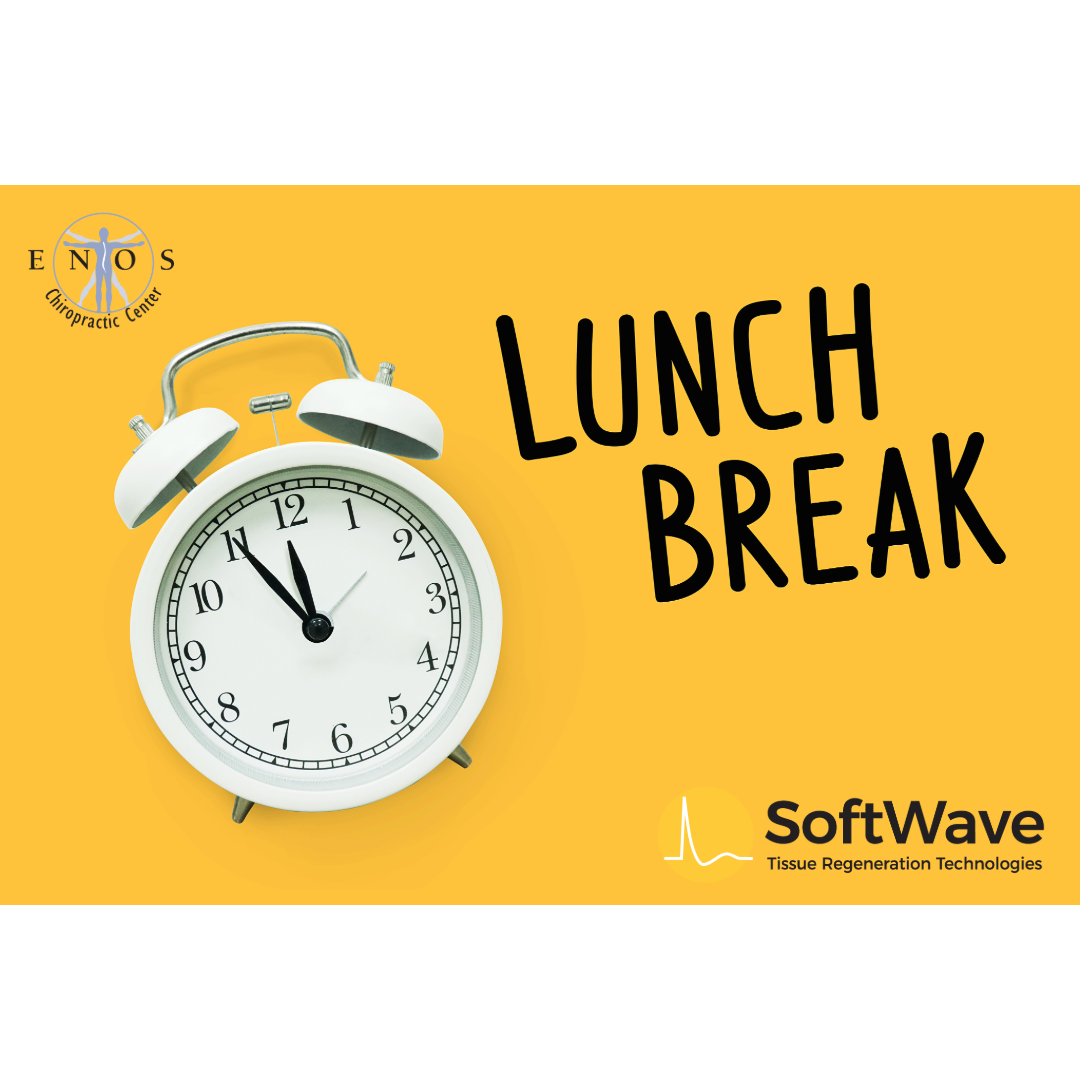
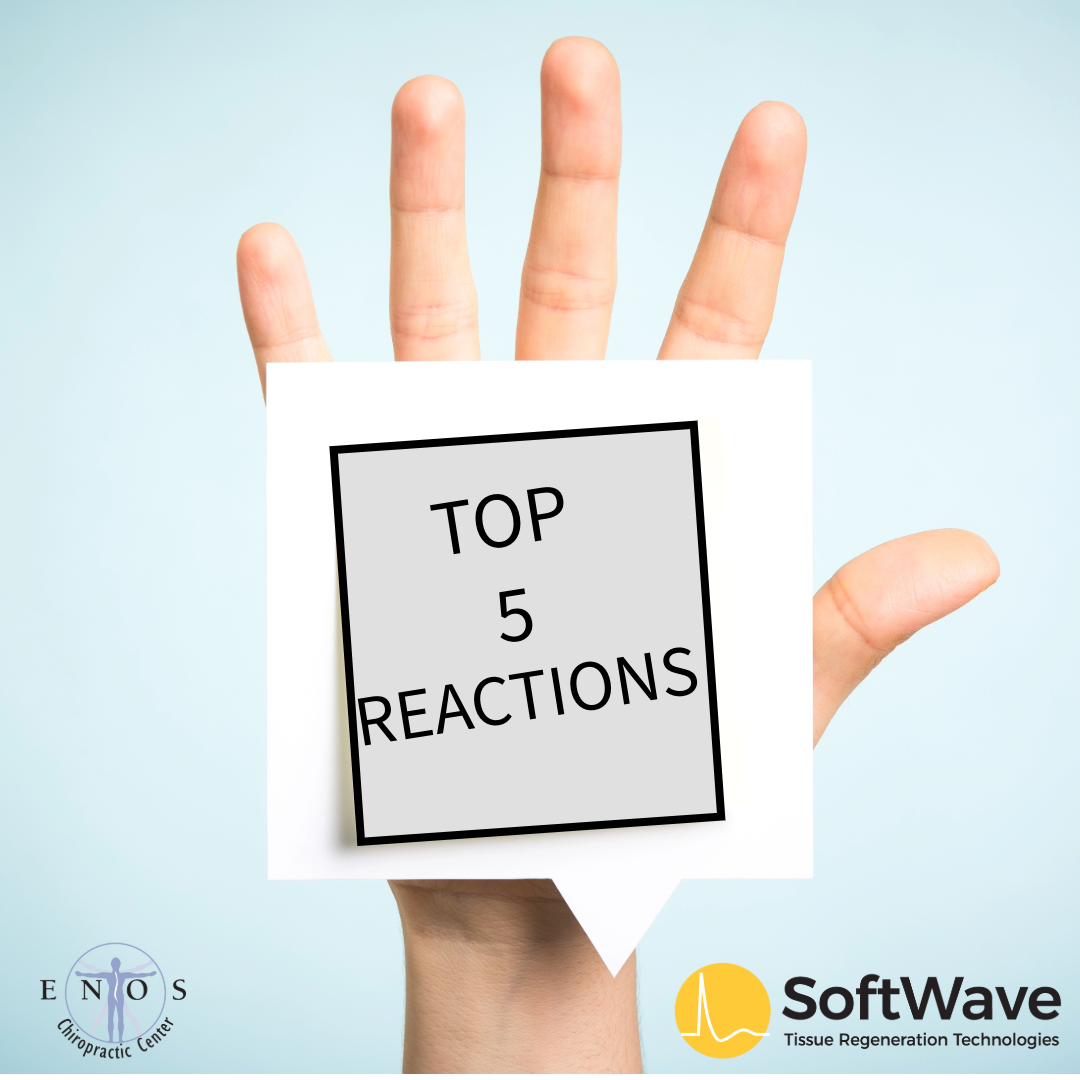
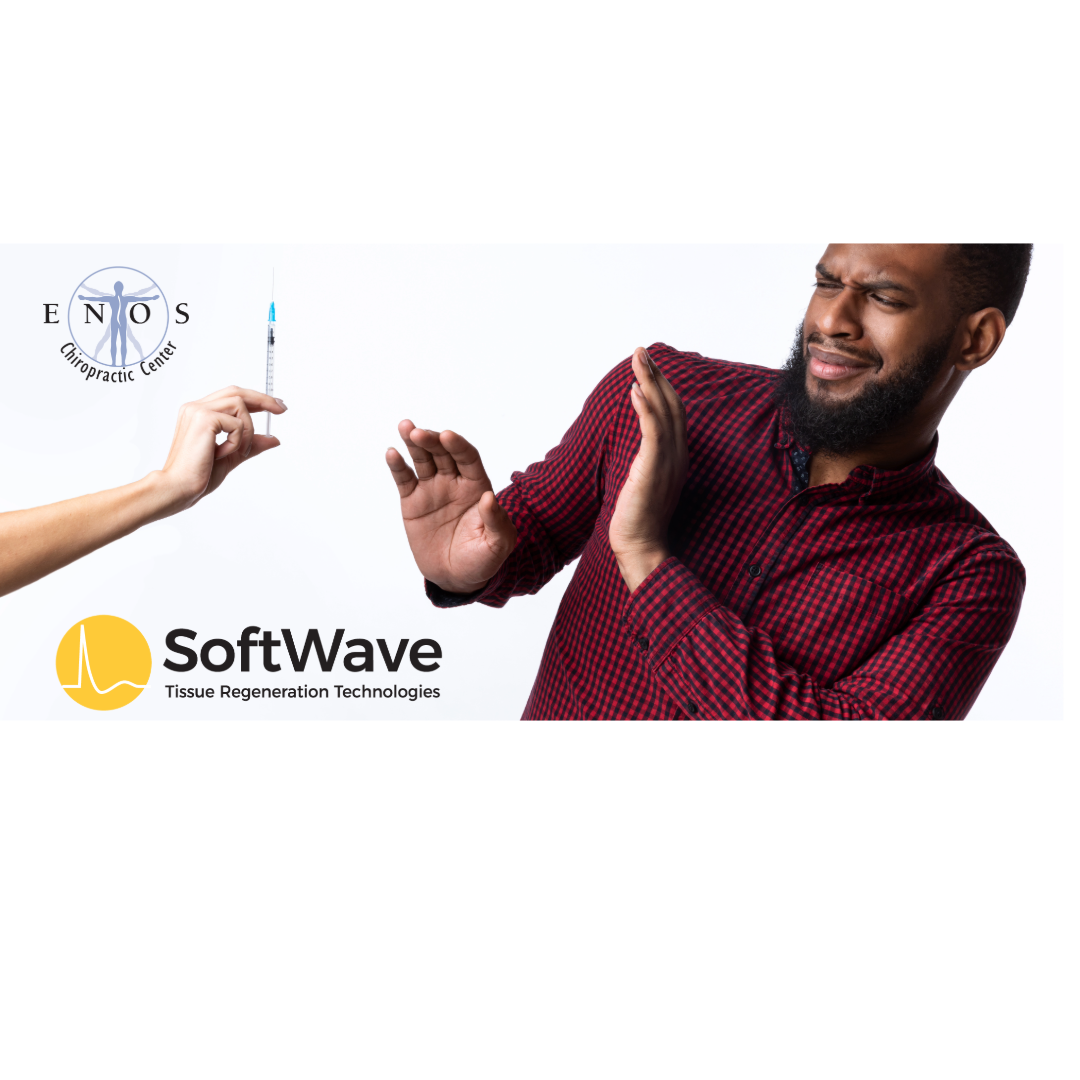

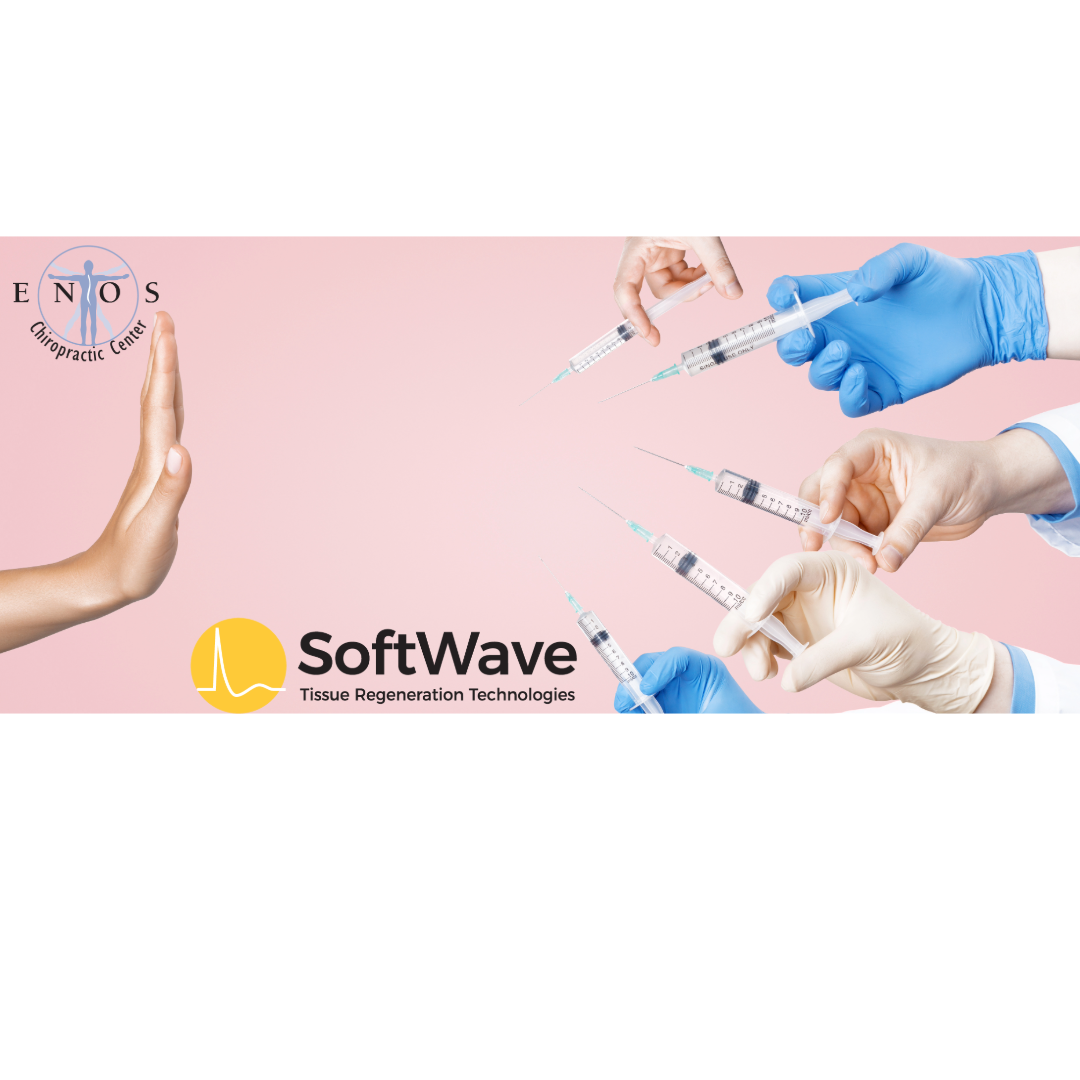
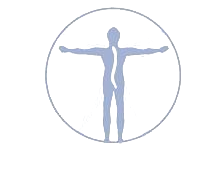
 12 Calef Street
12 Calef Street

Comments